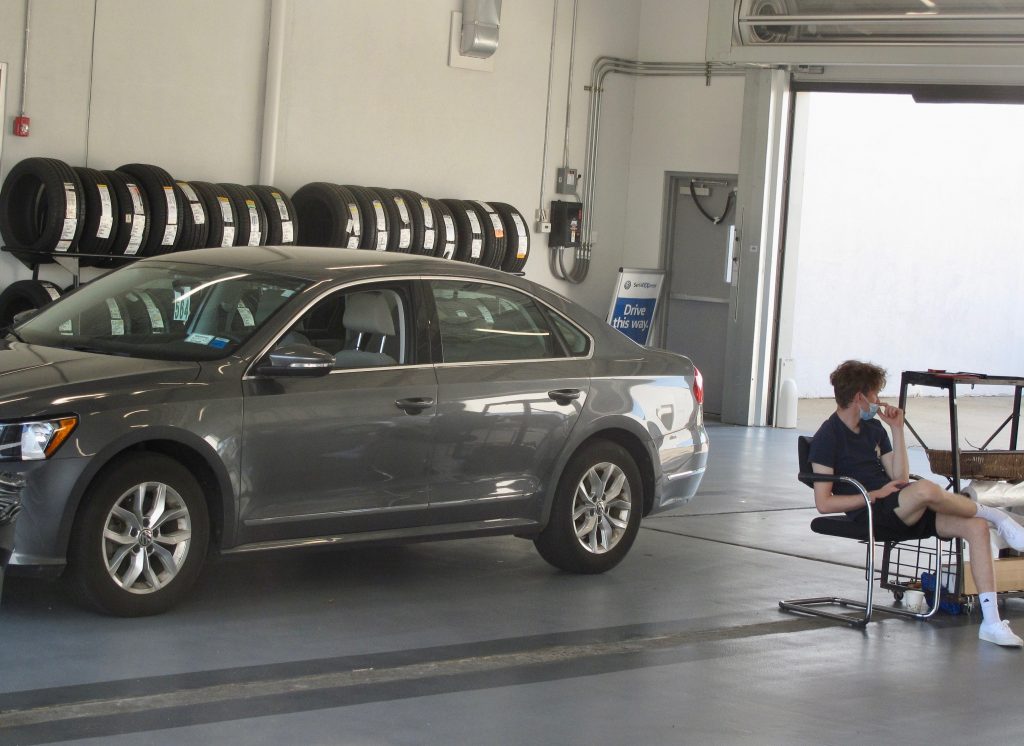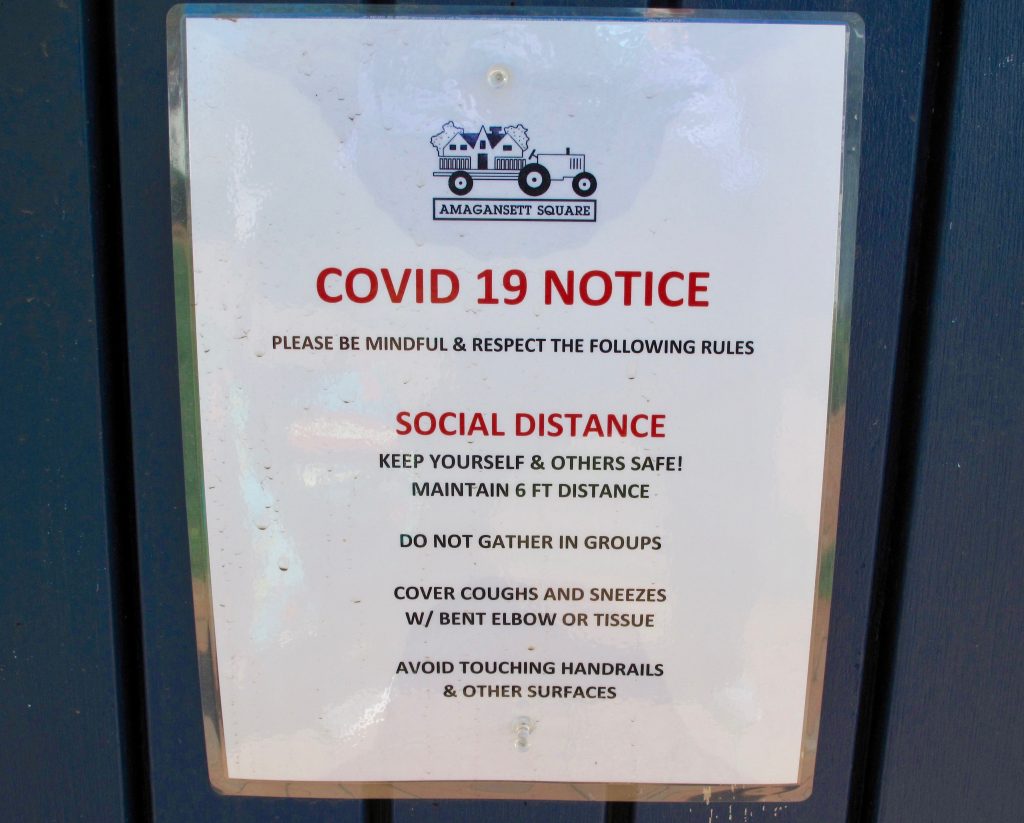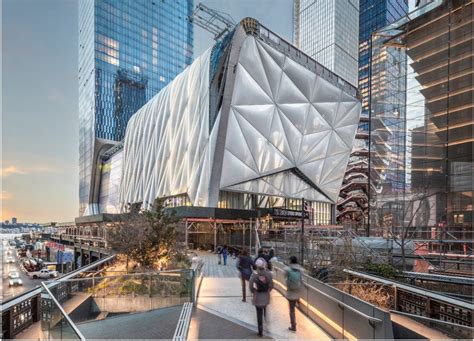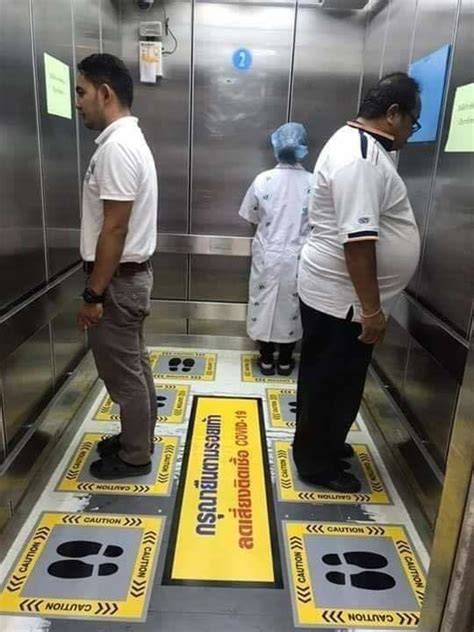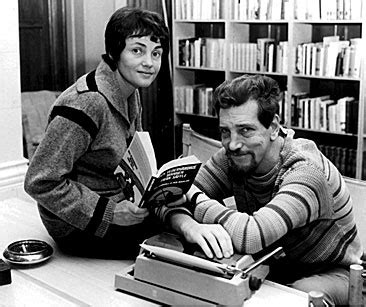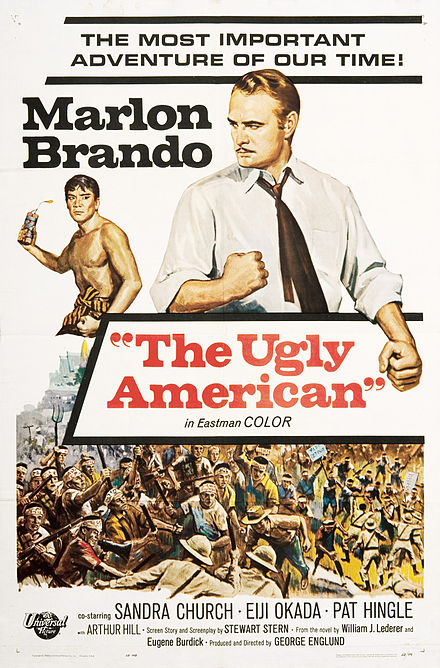
Wednesday, July 8
Who will be memorialized in Trump’s “National Garden of American Heroes”? And even more importantly, just how big and prominent will Trump’s statue of himself be?
Last Friday, Trump issued an executive order concerning his planned memorial park, noting that there will be statues of several presidents and others including Davy Crockett, Amelia Earhart, Billy Graham, Harriet Tubman and Orville and Wilbur Wright. Oh, and Supreme Court Justice Antonin Scalia.
Except for Scalia and maybe Tubman, it’s the kind of list that could have been put together for a junior-high term paper on the basis of 1950s television shows, especially those of Walt Disney.
I assume the statue of Orange Man will be executed by a Russian sculptor, surely the same guy who will be doing one of Putin. Or what about a North Korean artist? They understand what’s wanted.
But the problem with statues is they can be smashed or removed—and they invite graffiti and pigeon poop. In Russia, as the Berlin Wall fell, a statue of secret police boss Feliks Dzerzhinsky was dashed to the ground alongside a pink granite statue of Stalin, his face smashed by hammer blows. There are probably warehouses filled with such East Bloc relics, from the Albanian leader Enver Hoxha to the Romanian Nicolae Ceaușescu. (Many of Russia’s are now back in Moscow’s not-altogether-reverent 24-hectare Muzeon Park of Arts, the world’s largest open-air sculpture park.)
I would expect Trump’s park to include likenesses of Jared and Ivanka. And, hey, what about this: product placement! Ivanka could be carrying her $1,540 Max Mara handbag. Jared could have on Ermenegildo Zegna shoes and a Hermes tie. All proceeds could go to charity—such as the Trump Foundation!
And wasn’t this all brought about by the removal of statues of Confederate generals such as Robert E. Lee and Nathan Bedford Forrest? Those marble guys are looking for new homes—and what could be better than MAGA park?
Dinner: hamburgers, grilled eggplant, onion, and bell peppers, and corn on the cob.
Entertainment: more episodes of the Britbox thriller The Suspicions of Mr. Whicher.

